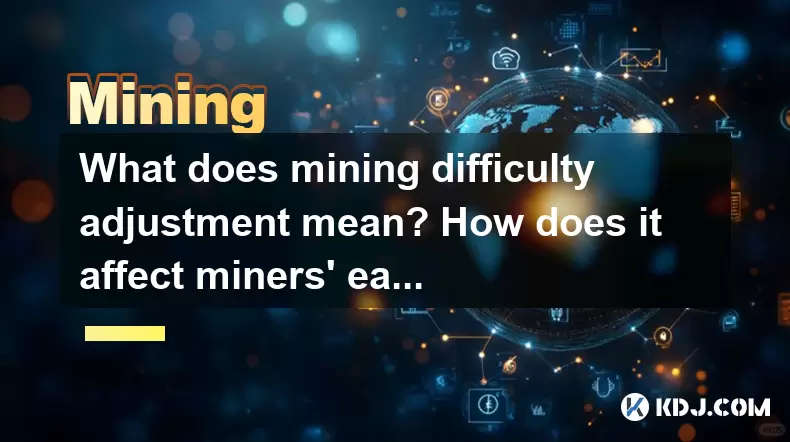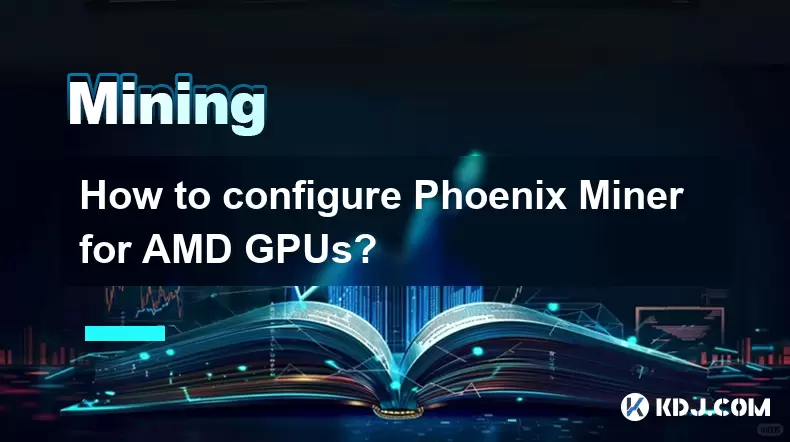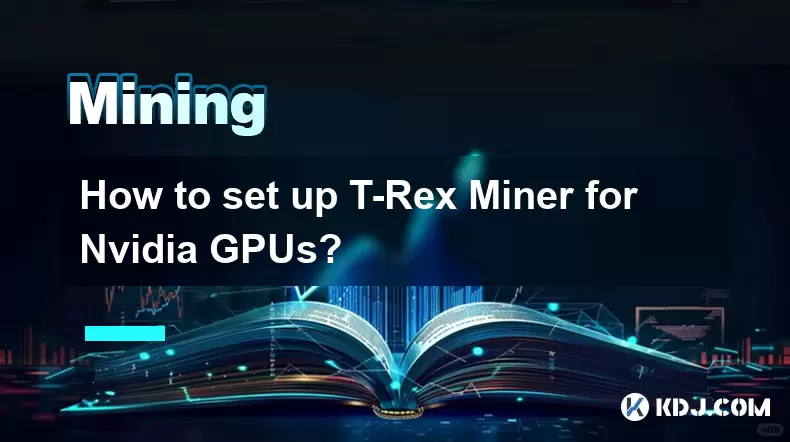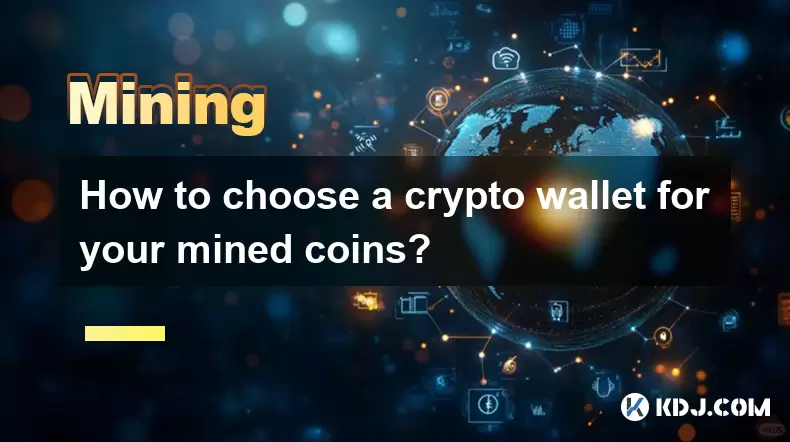-
 Bitcoin
Bitcoin $117600
0.25% -
 Ethereum
Ethereum $4424
0.10% -
 XRP
XRP $3.101
0.50% -
 Tether USDt
Tether USDt $1.001
-0.01% -
 BNB
BNB $836.2
1.26% -
 Solana
Solana $188.8
2.11% -
 USDC
USDC $1.000
0.01% -
 Dogecoin
Dogecoin $0.2301
0.57% -
 TRON
TRON $0.3485
-1.00% -
 Cardano
Cardano $0.9209
-1.34% -
 Hyperliquid
Hyperliquid $46.72
-1.19% -
 Chainlink
Chainlink $22.62
4.84% -
 Stellar
Stellar $0.4275
-0.38% -
 Sui
Sui $3.761
1.91% -
 Bitcoin Cash
Bitcoin Cash $586.7
-0.25% -
 Ethena USDe
Ethena USDe $1.001
0.01% -
 Hedera
Hedera $0.2510
2.06% -
 Avalanche
Avalanche $24.21
2.22% -
 Litecoin
Litecoin $119.7
1.07% -
 Toncoin
Toncoin $3.450
1.06% -
 UNUS SED LEO
UNUS SED LEO $9.411
-0.93% -
 Shiba Inu
Shiba Inu $0.00001298
1.20% -
 Uniswap
Uniswap $10.98
3.25% -
 Polkadot
Polkadot $3.961
2.16% -
 Dai
Dai $1.000
0.00% -
 Bitget Token
Bitget Token $4.642
0.95% -
 Cronos
Cronos $0.1514
0.57% -
 Ethena
Ethena $0.7290
3.78% -
 Monero
Monero $254.1
7.69% -
 Pepe
Pepe $0.00001102
2.47%
What does mining difficulty adjustment mean? How does it affect miners' earnings?
Mining difficulty in Bitcoin adjusts every 2016 blocks to maintain a 10-minute block time, impacting miners' earnings by altering the computational power needed to mine.
May 09, 2025 at 11:21 am

Mining difficulty adjustment is a critical mechanism in blockchain networks that use proof-of-work (PoW) consensus algorithms, such as Bitcoin. This process ensures the stability and security of the network by adjusting the difficulty of solving the cryptographic puzzle required to mine new blocks. The adjustment is designed to maintain a consistent block time, which for Bitcoin is approximately 10 minutes. Understanding how mining difficulty adjustment works and how it impacts miners' earnings is essential for anyone involved in cryptocurrency mining.
What is Mining Difficulty?
Mining difficulty refers to the measure of how difficult it is to find a new block in a blockchain. It is a parameter that adjusts the complexity of the mathematical problem miners must solve to validate transactions and add them to the blockchain. The higher the difficulty, the more computational power is required to solve the puzzle. This difficulty is adjusted periodically to ensure that the rate at which new blocks are added to the blockchain remains consistent, regardless of the total computational power of the network.
How is Mining Difficulty Adjusted?
In the Bitcoin network, the mining difficulty is adjusted every 2016 blocks, which is roughly every two weeks. The adjustment is based on the time it took to mine the previous 2016 blocks. If the total time was less than two weeks, the difficulty increases to slow down the rate of block creation. Conversely, if it took more than two weeks, the difficulty decreases to speed up the block creation process. The formula used to adjust the difficulty is:
[ \text{New Difficulty} = \text{Old Difficulty} \times \frac{\text{Actual Time}}{20160 \text{ minutes}} ]
This formula ensures that the network adapts to changes in the total computational power, or hash rate, of the network.
Impact on Miners' Earnings
The mining difficulty adjustment directly affects miners' earnings in several ways. Firstly, as the difficulty increases, miners need more computational power to solve the puzzle and mine a block. This means that the cost of mining (in terms of electricity and hardware) increases, potentially reducing the profitability of mining.
Secondly, the block reward, which is the number of new bitcoins awarded to the miner who successfully mines a block, remains constant regardless of the difficulty. However, the probability of successfully mining a block decreases as the difficulty increases, meaning miners may have to wait longer to earn the block reward.
Thirdly, transaction fees also play a role in miners' earnings. As the difficulty increases and the block reward becomes less frequent, miners may rely more on transaction fees to maintain their profitability. However, the total transaction fees in a block can vary, adding another layer of uncertainty to miners' earnings.
Example of Difficulty Adjustment
To illustrate how mining difficulty adjustment works, let's consider an example. Suppose the current difficulty is set at 10 trillion, and it takes the network 14 days to mine 2016 blocks. According to the formula, the new difficulty would be:
[ \text{New Difficulty} = 10 \text{ trillion} \times \frac{14 \text{ days} \times 24 \text{ hours/day} \times 60 \text{ minutes/hour}}{20160 \text{ minutes}} = 10 \text{ trillion} \times 1 = 10 \text{ trillion} ]
In this case, the difficulty remains unchanged because the time taken to mine the blocks was exactly two weeks. However, if the time was shorter or longer, the difficulty would be adjusted accordingly.
How Miners Can Adapt to Difficulty Adjustments
Miners can take several steps to adapt to changes in mining difficulty and maintain their profitability. One strategy is to upgrade their mining hardware to more efficient models. Newer ASICs (Application-Specific Integrated Circuits) can offer higher hash rates and better energy efficiency, allowing miners to solve puzzles more quickly and at a lower cost.
Another strategy is to join a mining pool. Mining pools allow individual miners to combine their computational power and share the rewards. This can increase the frequency of earnings, making it easier to cover operational costs despite the increased difficulty.
Miners can also consider moving to regions with lower electricity costs. Since electricity is a significant expense in mining, relocating to areas with cheaper power can improve profitability.
Finally, miners can diversify their operations by mining different cryptocurrencies. Some altcoins may have lower difficulty levels and can provide additional income streams, helping to offset the impact of increased difficulty in the primary cryptocurrency being mined.
Real-World Impact of Difficulty Adjustments
The real-world impact of mining difficulty adjustments can be seen in the Bitcoin network's history. For example, during periods of significant growth in the hash rate, such as in 2017 and 2021, the difficulty increased dramatically. In May 2020, the difficulty reached an all-time high of over 18 trillion, reflecting the increased competition among miners.
Conversely, during times of market downturns or regulatory changes, such as the Chinese mining ban in 2021, the hash rate and difficulty can decrease. In July 2021, the difficulty dropped by over 50% as many miners were forced to shut down their operations. These fluctuations highlight the dynamic nature of the mining ecosystem and the importance of understanding difficulty adjustments.
Frequently Asked Questions
Q: How often does the mining difficulty adjust in Bitcoin?
A: The mining difficulty in Bitcoin adjusts every 2016 blocks, which is approximately every two weeks.
Q: Can miners predict future difficulty adjustments?
A: While miners can estimate future difficulty adjustments based on current trends in the hash rate, the exact adjustment depends on the time taken to mine the next 2016 blocks, which cannot be precisely predicted.
Q: Does mining difficulty affect the security of the blockchain?
A: Yes, mining difficulty indirectly affects the security of the blockchain. Higher difficulty requires more computational power to launch a successful attack, making the network more secure. However, if the difficulty is too low, the network could be vulnerable to attacks.
Q: How can miners monitor changes in mining difficulty?
A: Miners can monitor changes in mining difficulty through various blockchain explorers and mining software that provide real-time data on the network's hash rate and difficulty level.
Disclaimer:info@kdj.com
The information provided is not trading advice. kdj.com does not assume any responsibility for any investments made based on the information provided in this article. Cryptocurrencies are highly volatile and it is highly recommended that you invest with caution after thorough research!
If you believe that the content used on this website infringes your copyright, please contact us immediately (info@kdj.com) and we will delete it promptly.
- Kazakhstan's Crypto Leap: Bitcoin ETF and Central Asia's Digital Finance Future
- 2025-08-13 12:45:19
- BlockDAG Presale Blazes Past $371M: Fundraising Frenzy Fuels Crypto Sensation
- 2025-08-13 13:05:21
- Meme Coins: Chasing the 2025 Surge – Which Will Moonshot?
- 2025-08-13 10:25:23
- Bitcoin's Wild Ride: Rally, Pullback, and What's Next
- 2025-08-13 10:25:23
- Bitcoin, Bitmax, and Institutional Demand: A New Era of Crypto Investment
- 2025-08-13 10:45:12
- Solana, ROAM, and Airdrops: What's the Buzz in 2025?
- 2025-08-13 11:35:13
Related knowledge

How to configure Phoenix Miner for AMD GPUs?
Aug 11,2025 at 03:21am
Understanding Phoenix Miner and Its Compatibility with AMD GPUsPhoenix Miner is a lightweight, high-performance Ethereum mining software designed for ...

How to set up T-Rex Miner for Nvidia GPUs?
Aug 10,2025 at 12:07am
Understanding T-Rex Miner and Its Compatibility with Nvidia GPUsT-Rex Miner is a high-performance mining software designed specifically for Nvidia GPU...

What is "proof-of-work" and how does it relate to mining?
Aug 07,2025 at 02:03pm
Understanding the Concept of Proof-of-WorkProof-of-work (PoW) is a consensus mechanism used in blockchain networks to validate transactions and secure...

How to choose a crypto wallet for your mined coins?
Aug 13,2025 at 11:36am
Understanding the Types of Crypto Wallets for Mined CoinsWhen selecting a crypto wallet for your mined coins, the first step is to understand the diff...

What are the differences between mining on Windows vs. Linux?
Aug 06,2025 at 11:29pm
Overview of Cryptocurrency Mining PlatformsCryptocurrency mining involves using computational power to solve complex cryptographic puzzles and validat...

How to use an old computer for cryptocurrency mining?
Aug 07,2025 at 12:42pm
Understanding the Feasibility of Using an Old Computer for MiningUsing an old computer for cryptocurrency mining may seem outdated, but it is still te...

How to configure Phoenix Miner for AMD GPUs?
Aug 11,2025 at 03:21am
Understanding Phoenix Miner and Its Compatibility with AMD GPUsPhoenix Miner is a lightweight, high-performance Ethereum mining software designed for ...

How to set up T-Rex Miner for Nvidia GPUs?
Aug 10,2025 at 12:07am
Understanding T-Rex Miner and Its Compatibility with Nvidia GPUsT-Rex Miner is a high-performance mining software designed specifically for Nvidia GPU...

What is "proof-of-work" and how does it relate to mining?
Aug 07,2025 at 02:03pm
Understanding the Concept of Proof-of-WorkProof-of-work (PoW) is a consensus mechanism used in blockchain networks to validate transactions and secure...

How to choose a crypto wallet for your mined coins?
Aug 13,2025 at 11:36am
Understanding the Types of Crypto Wallets for Mined CoinsWhen selecting a crypto wallet for your mined coins, the first step is to understand the diff...

What are the differences between mining on Windows vs. Linux?
Aug 06,2025 at 11:29pm
Overview of Cryptocurrency Mining PlatformsCryptocurrency mining involves using computational power to solve complex cryptographic puzzles and validat...

How to use an old computer for cryptocurrency mining?
Aug 07,2025 at 12:42pm
Understanding the Feasibility of Using an Old Computer for MiningUsing an old computer for cryptocurrency mining may seem outdated, but it is still te...
See all articles

























































































